As we’ve reported earlier, FLR shoes made a debut in Hungary this year. In order to familiarize readers with the brand, Bikemag received one of their top-tier shoes, the F-95X II for review. It arrived in late spring, and since then I have been riding in these shoes, putting it under a lot use and abuse. Now it’s time to report back on my long-term findings.
The story of this prolonged review started as discussions of the launch of the FLR shoe brand in Hungary was taking place with the importer. Straightaway, we agreed on the ideal format, which in this case is the long-term test. It’s a much better means of informing the readers about the quality and the attributes of a shoe, and what better way to introduce a new brand than to look at what they are capable of if the sky was the limit! Hence I got hold of the top-of-the-line MTB model for the present review.
Initially I was most interested in FLR’s promising hi-tech F-XX II road shoe, since several World Tour pro riders are racing in them on the very top level of the sport. As I had several great road shoes to ride in and test in 2019 – and I tend to ride my gravel bike more nowadays -, an SPD cycling shoe having a walkable sole seemed a more logical choice. So I settled on the flagship F-XX II’s MTB twin, the F-95X II, which shares the same upper with much of the technology.
FLR is an upcoming cycling shoe brand who are proud to state that all their models have been co-developed by professional riders. In spite of this, FLR manage to offer their products at a lower price point for given level of technology compared to the competition. The company is based in the Far-East and offers decent MTB and road shoe models costing as little as HUF 19,900 in their range. This top-of-the-line F-95X II in this review sets you back a mere HUF 69,900, which is the price the better mid-range shoes tend to go for on the market these days.
So let’s see the features!
- Living up to the top-of-the-line status the shoe has a carbon fiber sole, which is rated 14 for stiffness on the scale ranging 1 to 15. So it’s one of the stiffest soles of any shoe in the FLR lineup, hence the manufacturer recommends the F-95X II mainly for cross country MTB (XC0) and cyclocross (CX) competition use, where power transfer vital.
- Spikes may be mounted in the front part of the sole to facilitate negotiating on loose terrain. This comes handy when the rider has to get off the bike (e.g. in cyclocross) and tackle a muddy sections on foot.
- The shoe’s upper is made from microfiber technical fabric with seamless construction. Hence there is nothing to chafe the foot on the inside, and it also results in a much a more secure seam that won’t likely to come apart no matter how the shoe is (ab)used.
- The microfiber material has micro perforations to enhance ventilation, thereby avoiding overheating of the foot on hot summer days.
- This model features two A-A17 Boa-type dials for foot retention. The closure is very secure, and offers a perfect fit for most foot shapes. The shoe also has an anatomic self-shaping foot bed to prevent plantar numbness.
- There are reinforcements on the toe box and the heel area to protect the foot and the shoe from hard impacts. This top model could be ridden on more extreme that the original purpose (XCO and CX disciplines).
In my case the cycling shoe plays a very important role in the ride experience. I suppose no one likes to pedal – or walk – in an uncomfortable pair of shoes, but I believe I’m pickier than most riders. I tend to suffer when the shoe is not completely to my liking. I also have a fondness for cycling shoes with very stiff soles: especially those designed for racing. It’s probably down to the fact that in my racing days I got used to riding in performance-oriented models, and now – even though I take part in very few races – I immediately notice shoe flex when pedaling. I know all so well that most cyclists – and especially those who just ride for fun and enjoyment – place more emphasis on off-the-bike walkability than on outmost pedaling efficiency. However, the only compromise I feel comfortable with is that for some type of riding – such as MTB, gravel or cyclocross – I choose a shoe with a proper tread with a recessed cleat like SPD. Even in this case I go for the stiffest sole possible so won’t feel the cleats poking the plantar area. The F-95X II fits the bill perfectly as it offers such stiff sole that rivals top road cycling shoes!
I got these shoes back in April. Having received the package, the first thing I did was to inspect the shoes for its construction and craftsmanship. Next I tried them on to see how they my feet. Since I have been wearing Italian shoes almost exclusively for the last few years, I immediately noticed the subdued design compared to the colorful – and sometimes extravagant – Mediterranean models. Making the shoes stand out of the crowd was probably not the main objective when designing the F-95X II, rather FLR seemed to have placed more emphasis on functionality. I wouldn’t go as far as to call the test model ugly, but it’s undoubtedly utilitarian. It has no colors other than greyish black and there is also a lack of distinctive design elements. These shoes were probably designed to serve one main purpose – provide great power transfer and adequate comfort.
The build quality is of a high standard, the materials are quite sophisticated, there is nothing to suggest that the F-95X II was designed and manufactured in the Far East. The internal lining of the heel area is in fact one of the best I have ever seen in a cycling shoe. It helps to keep the foot in place and proved to be sturdy. Generally it can be stated that the designers tried to make these shoes as hard-wearing as possible, resulting in a somewhat overbuilt character. I suppose it’s much more preferable to err on the side of excess durability than to offer a product which starts to fall apart after just a few rides.
I wear size 44, so the test sample of the F-95X II was also ordered in this size. The decision turned out to just right, as there is just a slight wiggle-room for my toes in the shoes. I like a MTB shoe to be “roomier” than road cycling shoes, since the vibration on rough terrain can cause uncomfortable pressure if the fit is perfectly tight. So if you’re buying FLR shoes without trying them on – something I wouldn’t generally recommend – than you should go by the same size you wear for general street use. Some manufacturers of cycling shoes undersize their products, FLR is one of them!
Following my first ride in the F-95X II I immediately felt that these are my kind of shoes. The sole is plenty stiff even for my demanding taste, and the upper is quite comfortable even during longer rides. This is true for both in cold and hot weather. I wouldn’t be able tell that it was an SPD shoe if not for the slight sway all these recessed cleat type shoes seem to have. I felt no loss of pedaling efficacy due to flex, and hard efforts were immediately transferred to the pedals.
The toe-box is slightly that on my previous shoes which allows for more movement. Nearly all the ventilation inlets are located at the front, so the shoes have a cool and airy feeling. In hot weather I prefer the F-95X II over my other cycling shoes as they provide the best ventilation. This may be a contradiction as the black color is known to feel warmer in hot sunny days, nevertheless I had no problems even on the hottest days this summer. As we’re entering autumn, I’m already experiencing the disadvantage of the great ventilation: my feet got cold on chilly mornings, so some overshoes are a must if you’re planning to use the F-95X II year around.
As the shoes employ no material which can absorb water, it has the tendency to dry quickly after a rainy ride, or when you encounter some puddles during the ride. On one occasion when I was taking pictures of a test bike, I stepped into a creek leaving my feet completely soaking in water. To my surprise, it only took about an hour of riding for the shoes – and my feet – to dry completely.
The twist dials employed for foot retention worked quite well both mechanically and ergonomically. They also provided decent comfort, and the cables didn’t press on my forefoot. I have to say that there are more refined closing mechanism on the cycling shoe market these days, ones that operate more gently and with less effort, but for all intents and purposes these devices get the job done: they close the shoe securely, provide good stability and are easy to disengage. In fact they work reliably even when it’s hard to see any of the shoe from the crusted mud!
Many complain about the overly stiff soles of cycling shoes. The main problem is that they make walking on hard surfaces more difficult. It’s a valid concern, and I have to admit that walking in these shoes on the street is not very pleasant. On the other hand, on softer terrain (e.g. out on the trails) the difference is less profound, and I have no trouble carry out a long photo shoot in them, walking around to find the best spot for the pictures. Up until now I found no reason to install toe spikes to the shoe as they provided plenty of traction on any terrain. Perhaps this may change when I start my cyclocross season this winter.
These shoes were definitely not designed for walking on the street, rather the emphasis is on pedaling efficiency and adequate walkability on the trails or cyclocross courses. The F-95X II is likely to please riders who value these attributes over versatility, and they might not be the ideal choice for someone looking for a good pair of cycling shoes for commuting, touring or general bike riding.
Concerning durability, I can say that I have been using the F-95X II for over 6 month now on a daily basis and there I are very few signs tell-tale signs to show this. It’s holding up perfectly, all seams are intact, and the carbon sole is only showing some wear on the overcoat, there is no damage to the carbon laminate. You should be aware that our area, as it’s a mining region, has lots of rocks. All my previous MTB shoes show severe wear on their sole. I once has a carbon shoe which had literary disintegrated after just a few months of riding, carbon fibers were sticking out at the bottom! The only damage I can report on here is that I managed to lose one of the retaining bolts holding the right-front tread piece, but since it’s held by another two, I noticed this when I arrived home. Such parts can easily be replaced.
I’m completely satisfied with the performance and fit of the F-95X II. So much so that I plan to purchase its road shoe sibling next spring. This shoe has one of the stiffest soles on the market, which leads to providing unparalleled pedaling efficiency. Last but not the least, the cost is much less than the top-tier cycling shoes on the market. What else do you need?
Recommended retail price: HUF 69,900.
More information can be found on the distributor’s website.

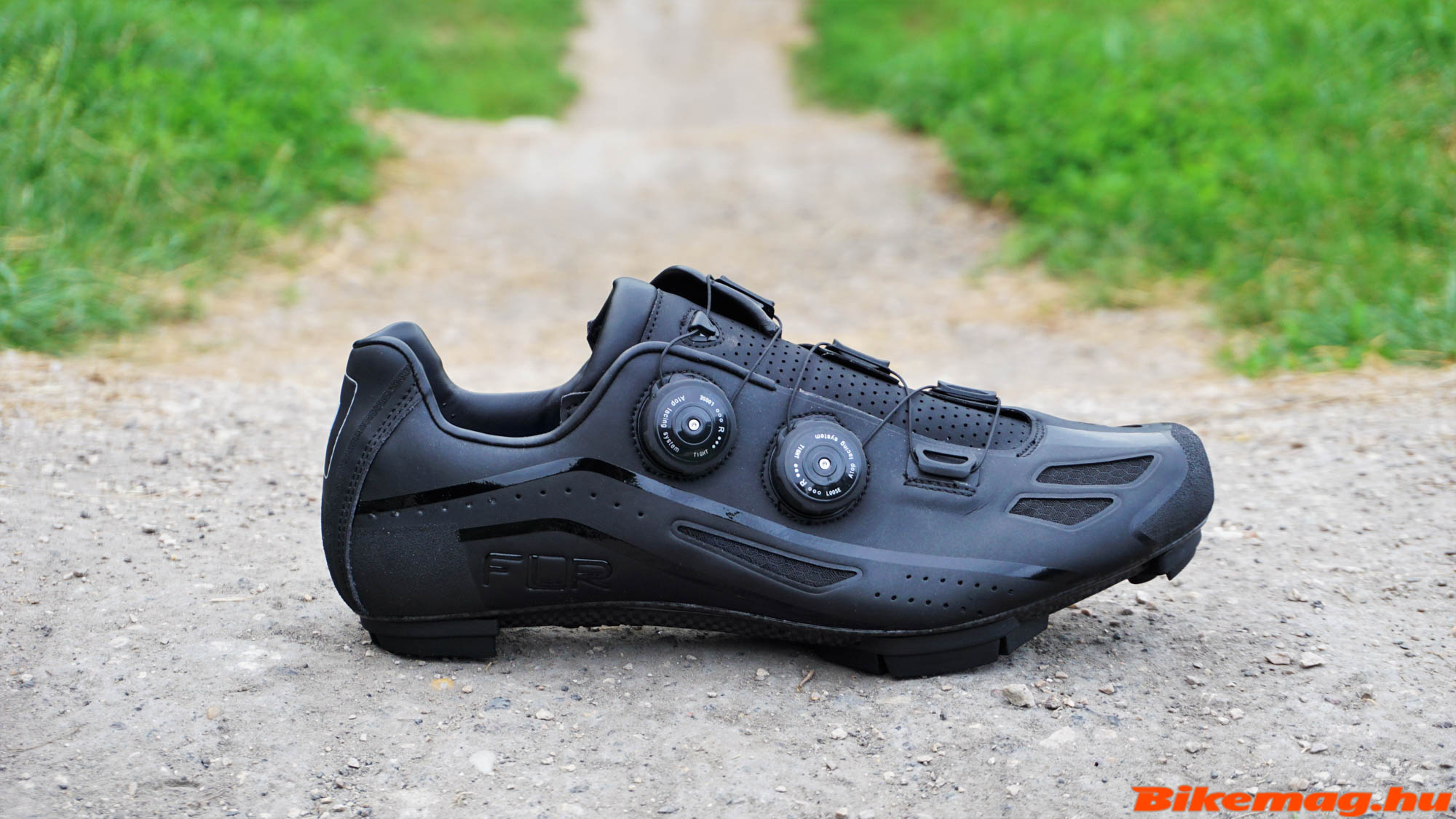


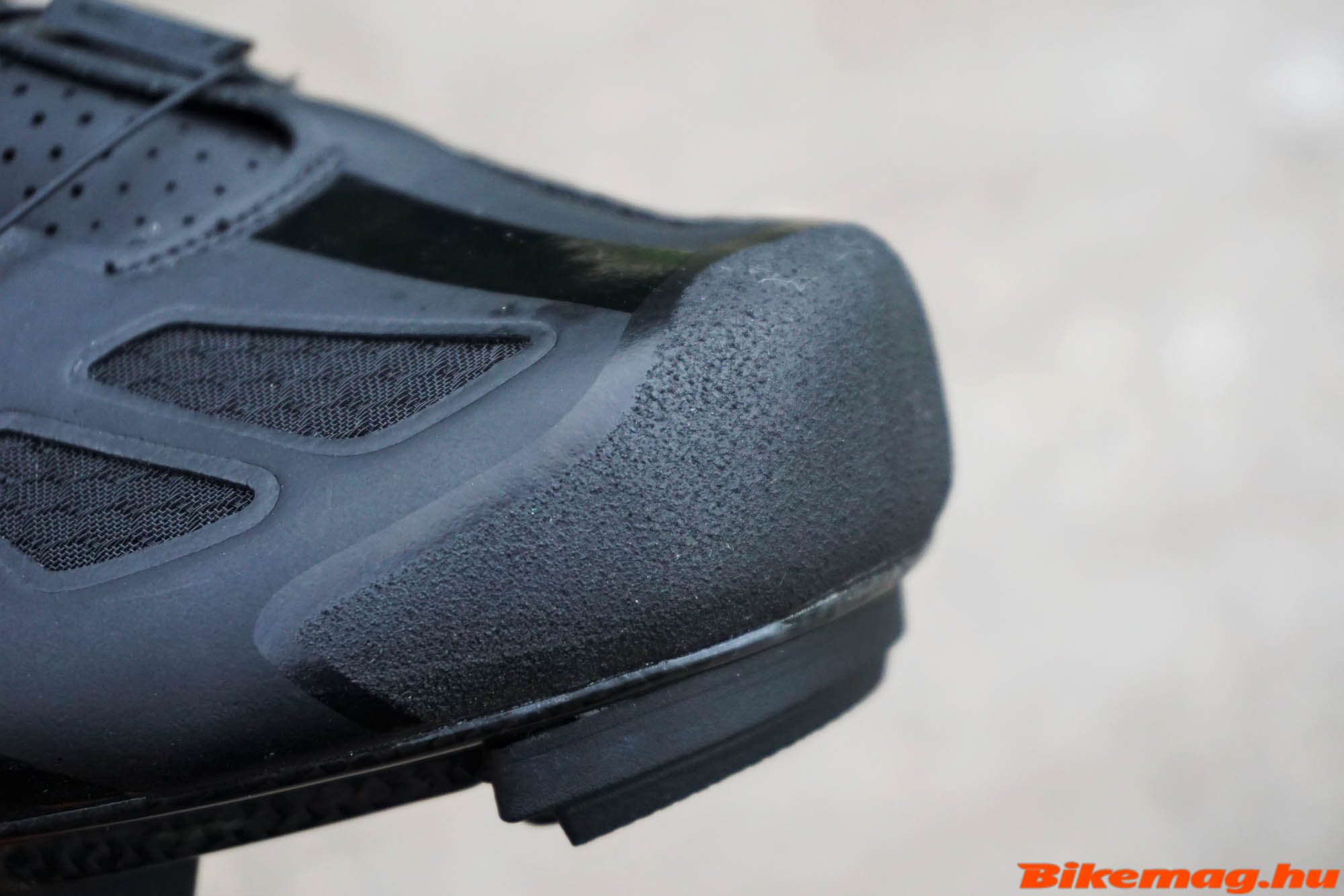

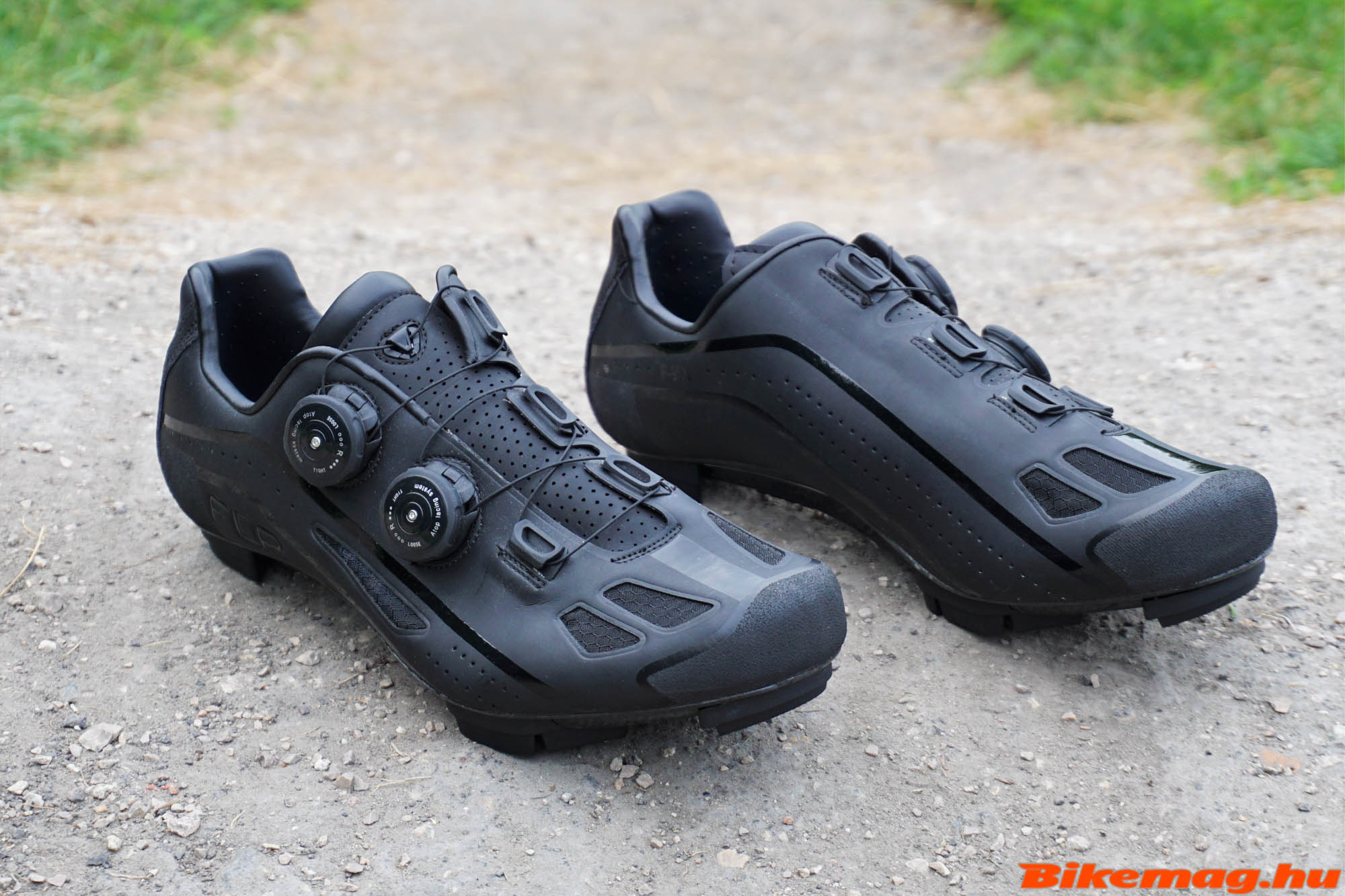
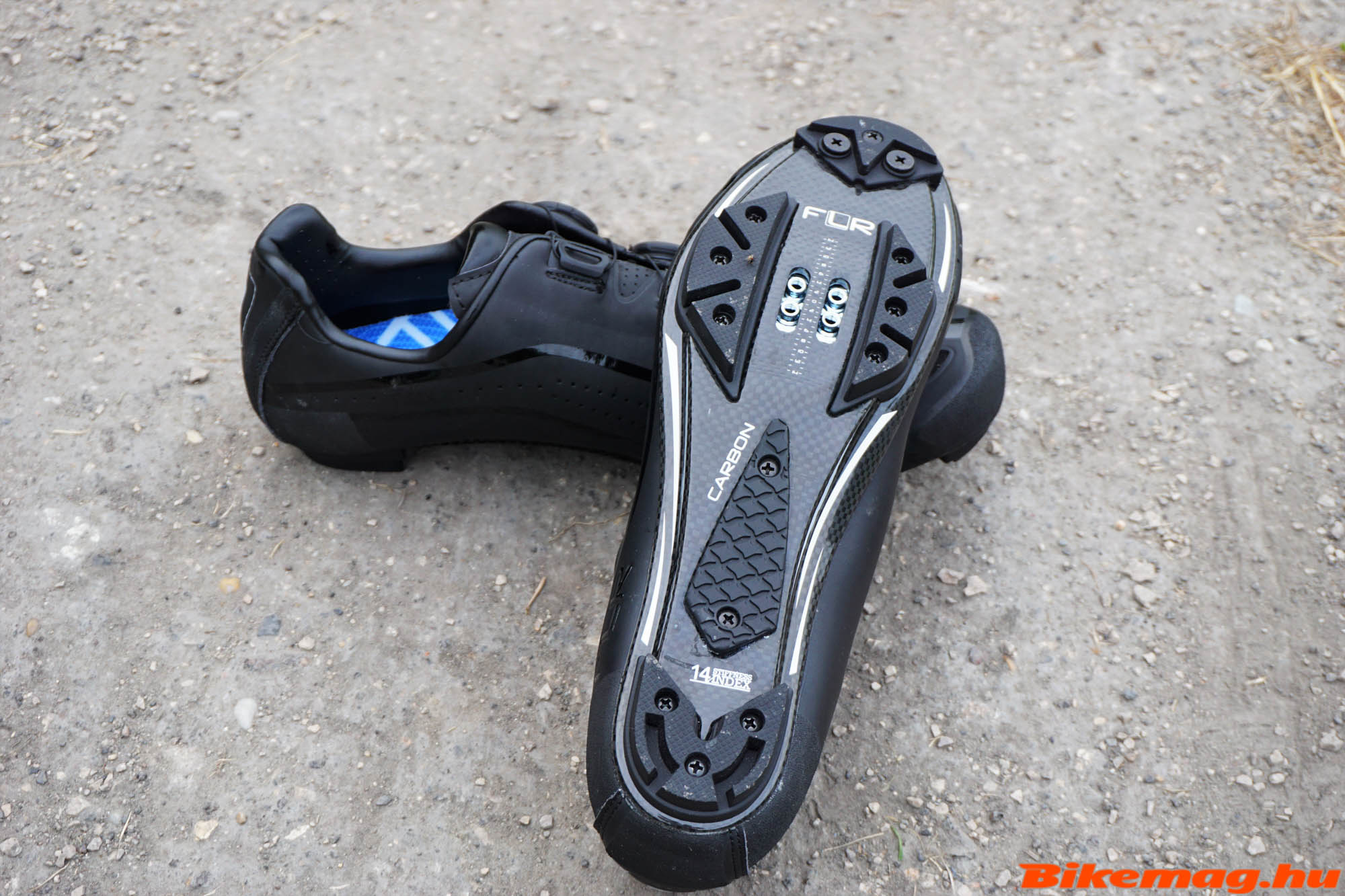
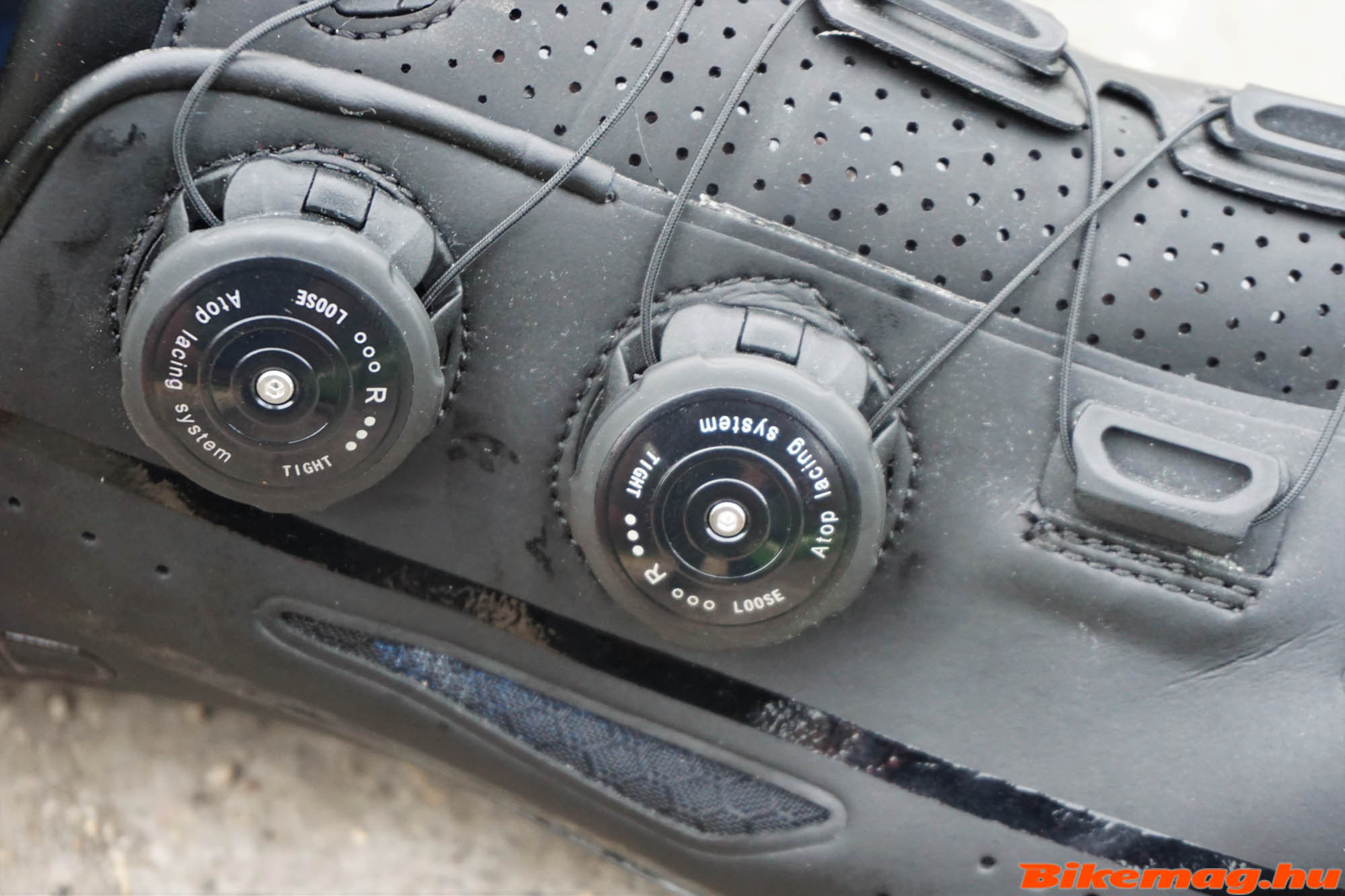

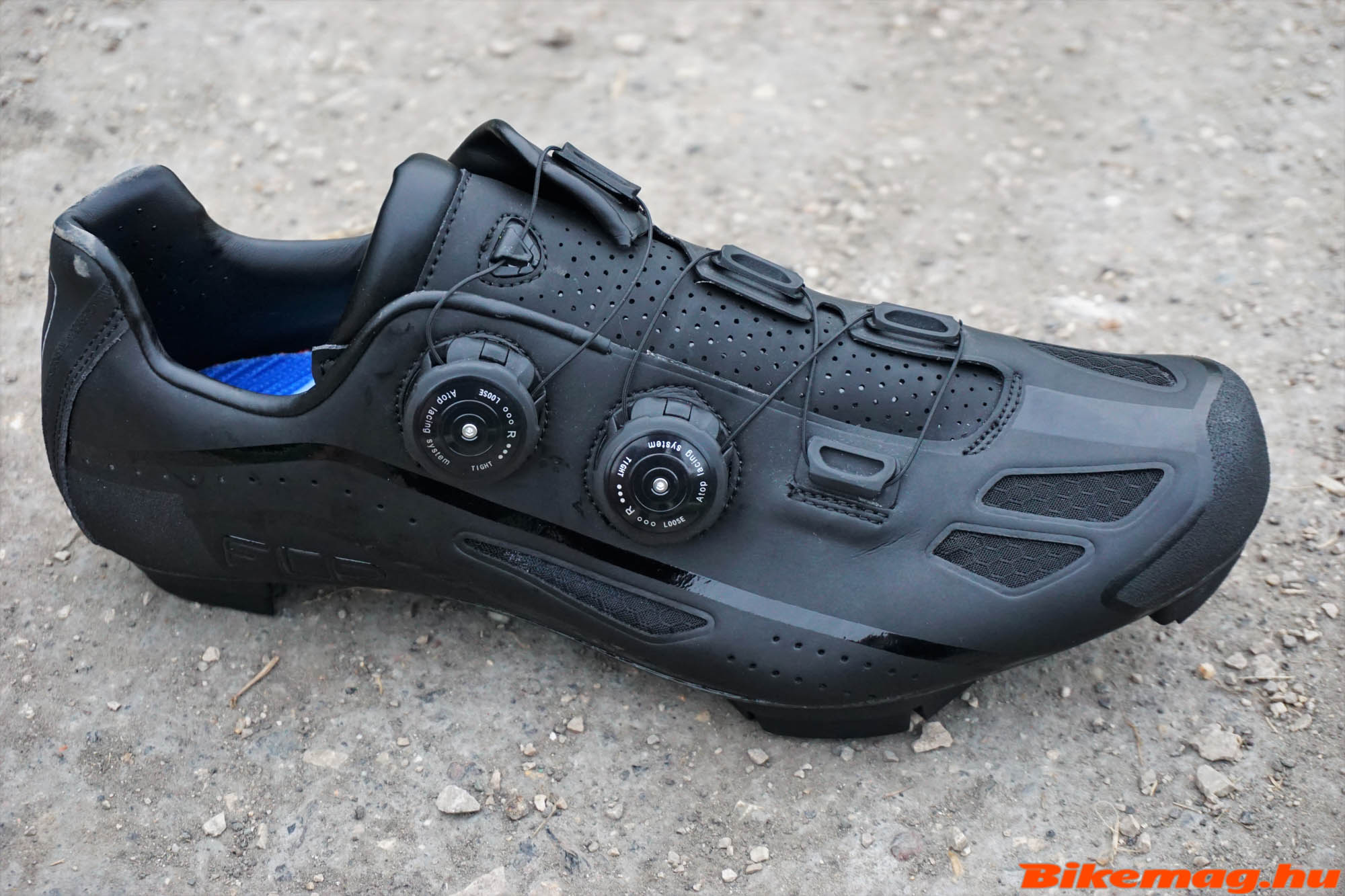
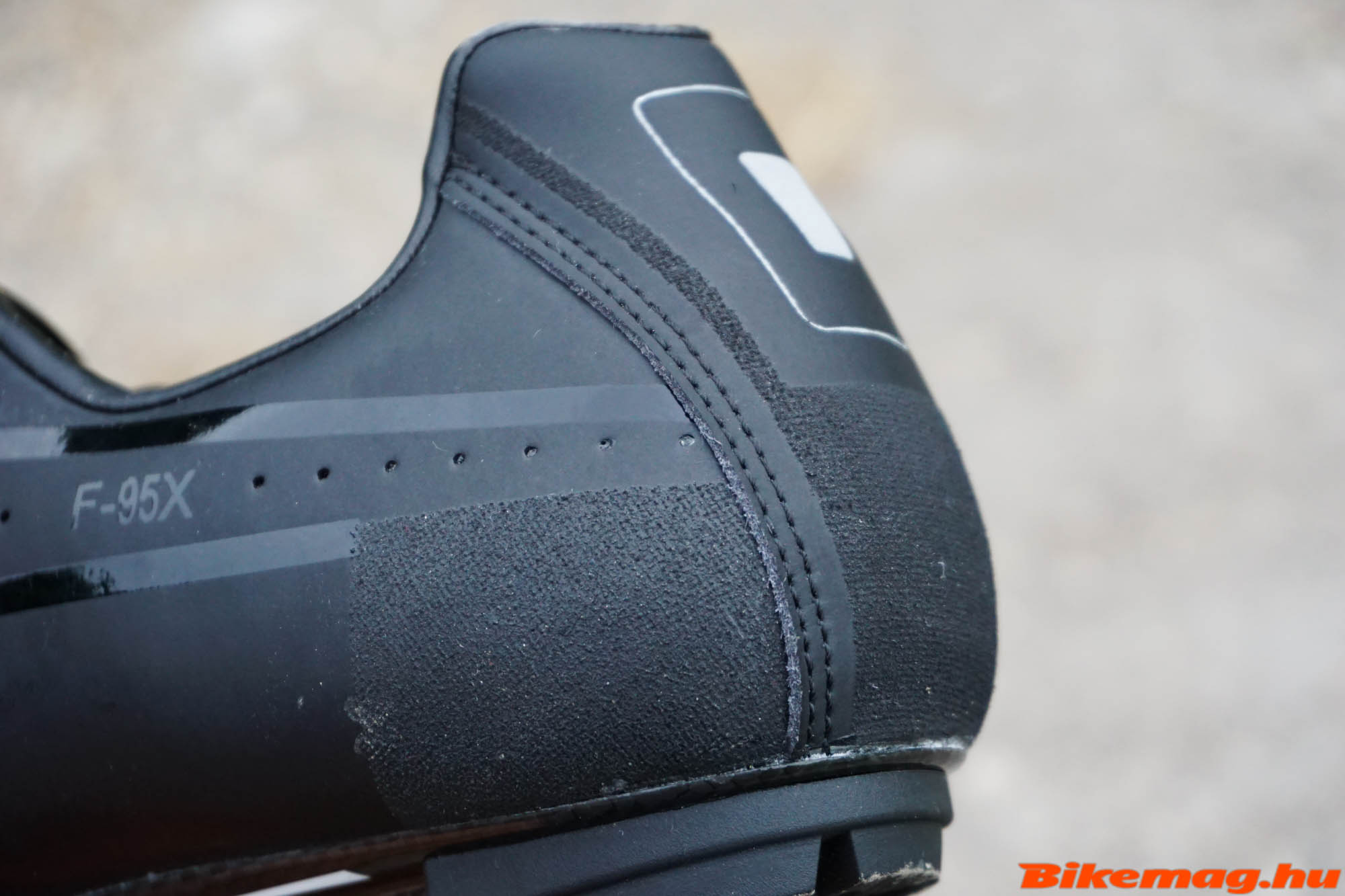
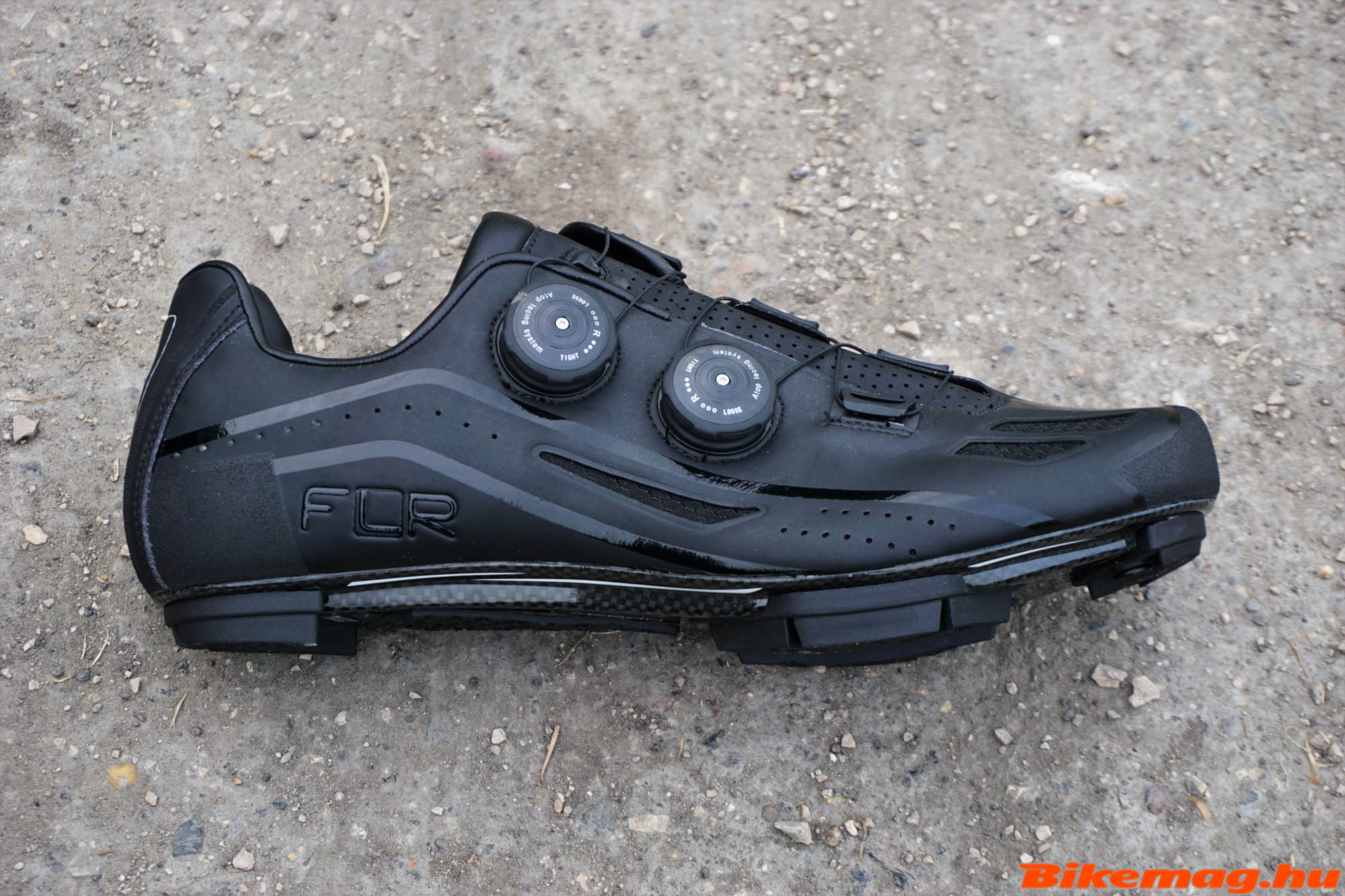
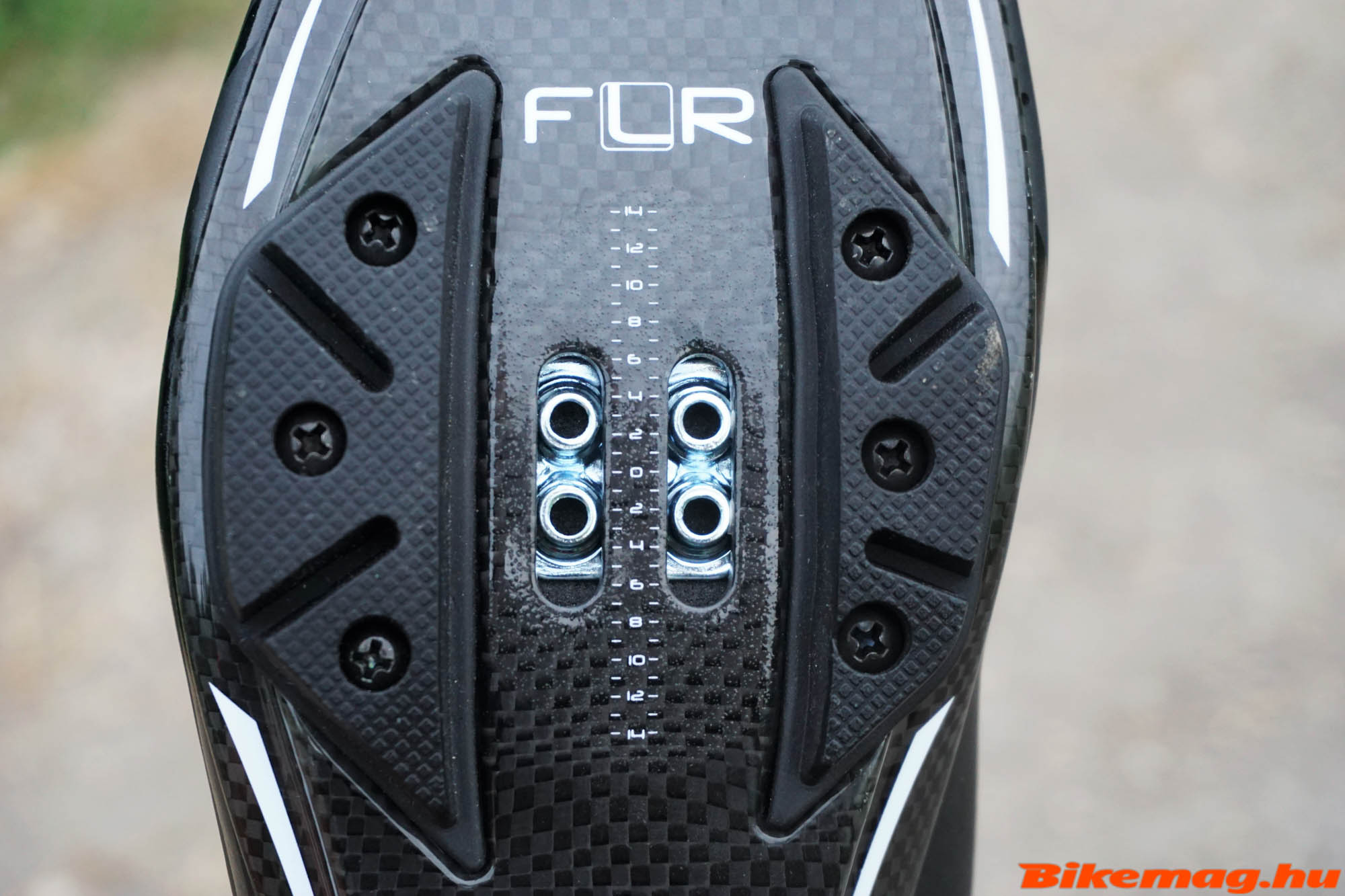

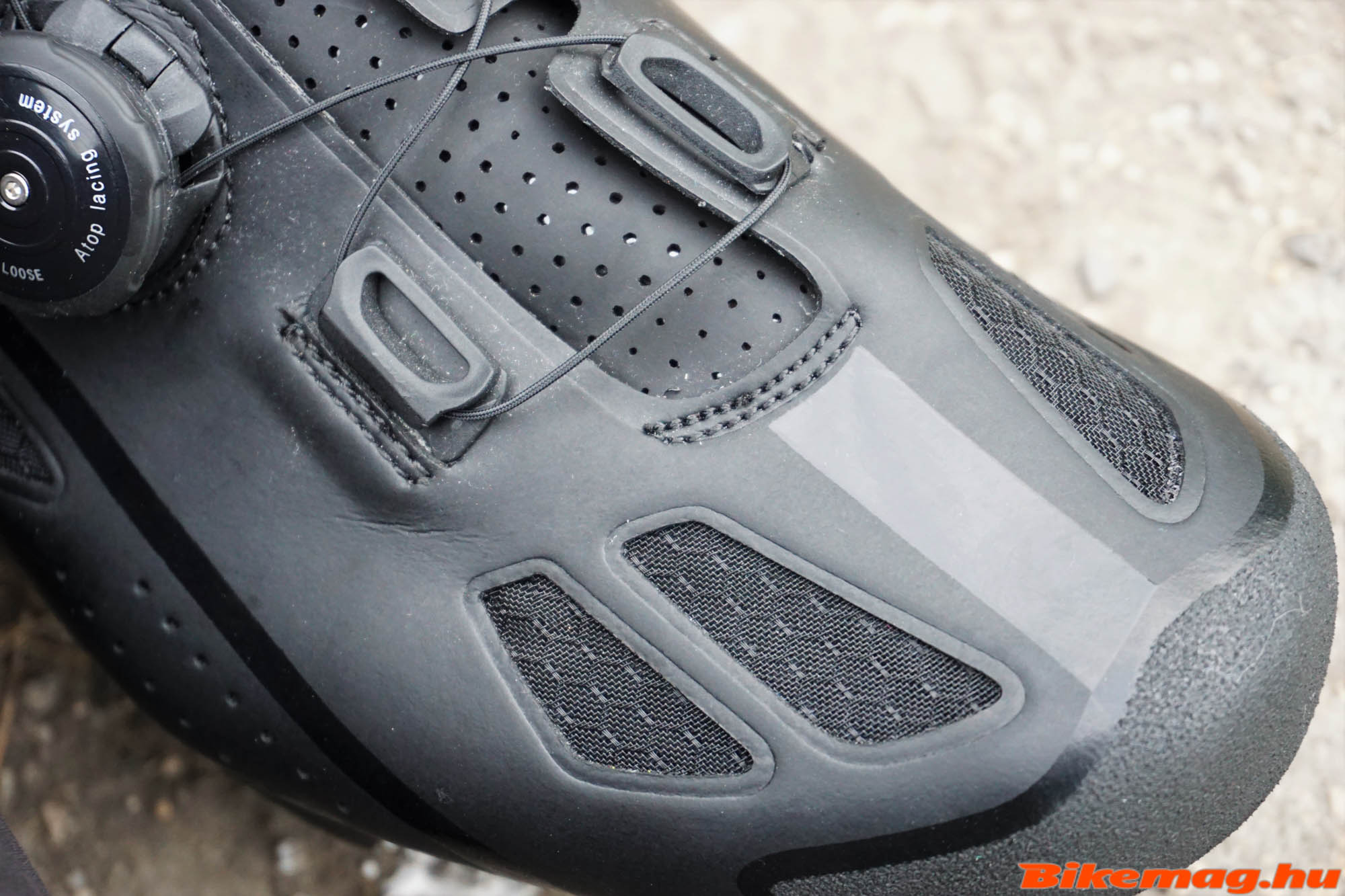
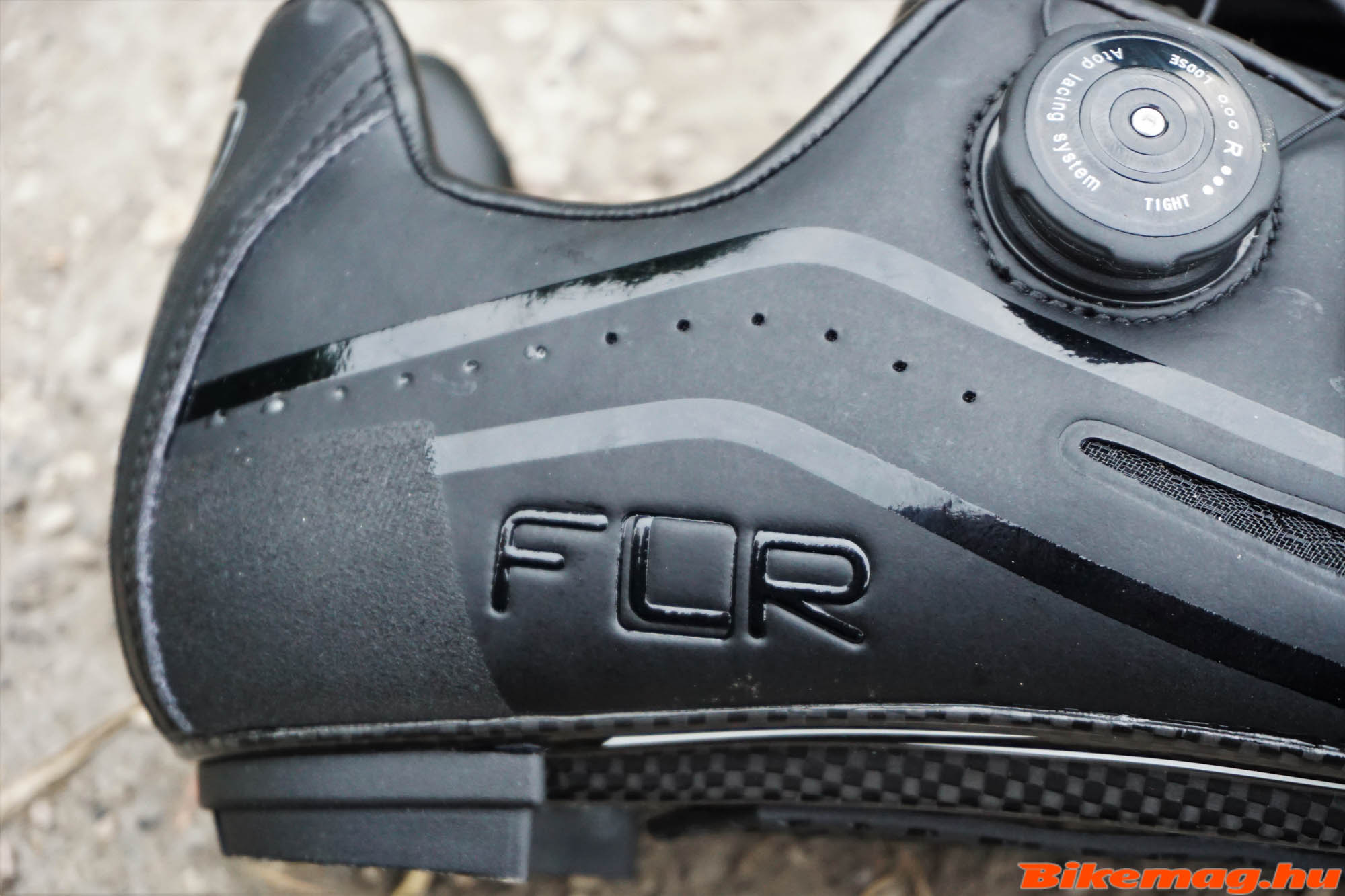







[…] Read more at Bikemag. […]